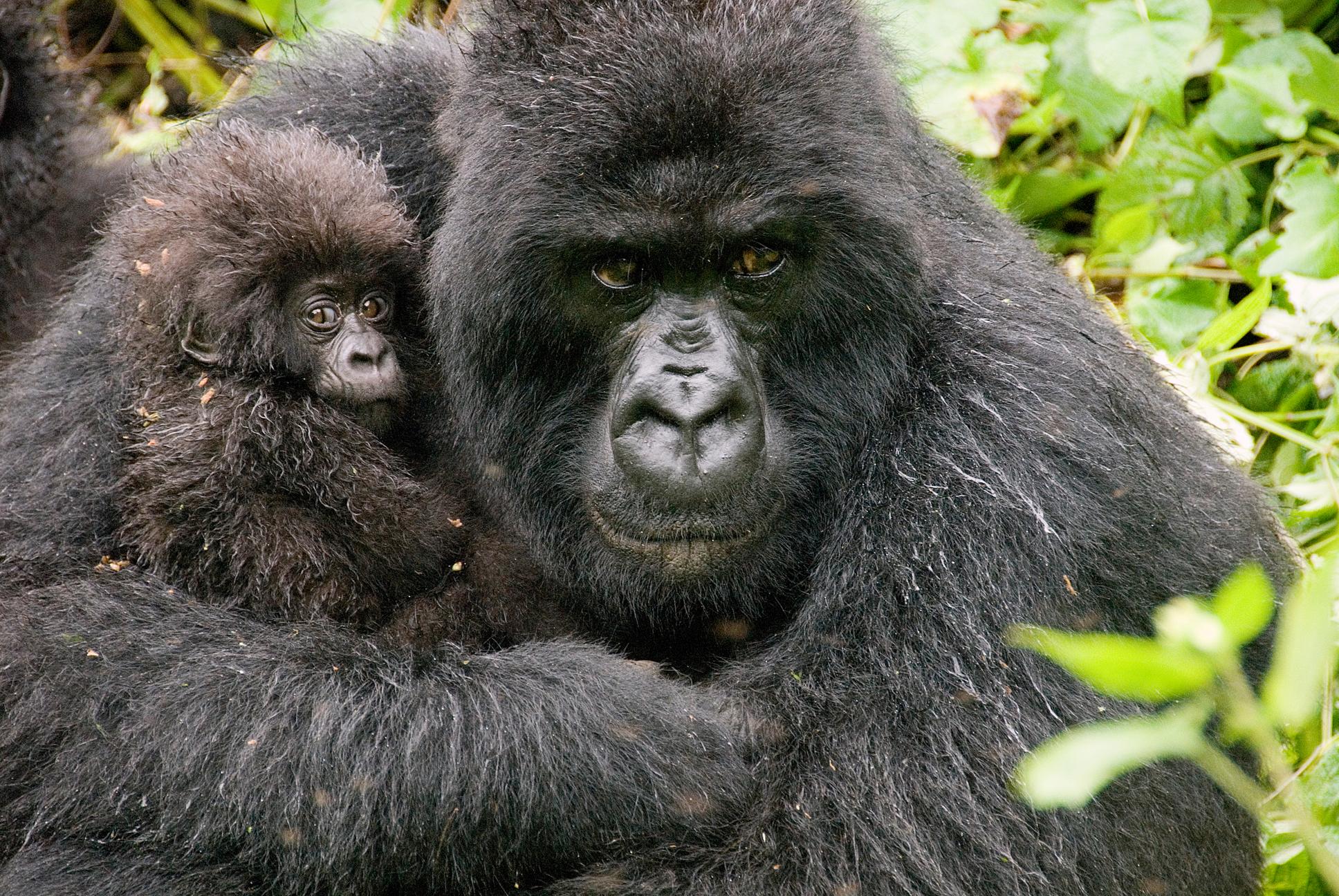Though news headlines about the state of the planet may seem bleak, they don’t always capture the whole story. Around the world, the work of protecting nature and the climate is happening in the field — and achieving triumphs that don’t always make the news.
Here are three recent conservation success stories you should know about.
1. Drone tech busts illegal logging in Madagascar
Nearly half of Madagascar’s forests have fallen victim to slash-and-burn agriculture, illegal logging and unrestricted charcoal production in the last 60 years, according to recent research.
But illegal loggers can be hard to spot amid the dense tangle of trees — and patrollers can only cover so much ground each day.
Fortunately, a new initiative is offering eyes in the sky.
With support from the University of Adelaide and authorization from the Malagasy Civil Aviation Association, Conservation International has trained six staff members to fly aerial drones through the Ankeniheni-Zahamena and Ambositra-Vondrozo forest corridors in eastern Madagascar. In 2020 and 2021, the drone program identified more than 51 points of illegal forest clearing, which has helped patrollers target where to increase enforcement and prioritize conservation efforts.
“The drones are ideal companions for traditional forest patrols because they allow us to spot areas where illegal loggers have operated, which are usually too remote and hard to reach on foot,” said Clarck Rabenandrasana, a remote-sensing manager and chief drone pilot at Conservation International.
Along with locating illegally cleared land, this program helps monitor restoration projects, provide employment for local communities and track crop yields for farmers.
“Drones are an increasingly popular tool for conservationists, giving us a greater range and better data-collection capabilities than even what was available a few years ago,” Rabenandrasana said. “They are helping us to protect the forests of Madagascar, which are crucial for supporting local communities and iconic wildlife such as lemurs and fossas.”
This project was supported by the Sustainable Landscapes Program in Eastern Madagascar and the Green Climate Fund project.
2. Mountain gorilla protection protocol in Africa
Sharing 98 percent of human DNA, mountain gorillas are some of our closest genetic relatives.
Unfortunately, this leaves them susceptible to many of the same diseases that affect humans, including COVID-19. Even a common cold can be deadly for gorillas.
To help minimize the risk of transmitting diseases from humans to gorillas, the International Gorilla Conservation Program (IGCP) — a partnership led by the Conservation International, the World Wildlife Fund, and Flora and Fauna International — has helped develop tourism protocols that minimize contact between tourists and these great apes.
“Mountain gorilla trekking has proven to be one of the most effective ways of generating revenue to conserve gorillas, with tourists paying for what is often a once-in-a-lifetime opportunity to view our nearest relative in the wild,” explained Matthew Lewis, a wildlife scientist at Conservation International. “But the emergence of COVID-19 serves as a reminder that any disease that risks human health most likely also puts gorillas in danger. This new protocol aims to prevent that.”
Currently, gorilla trekking protocols require visitors to be checked for fever or signs of illness prior to the trek, to wear masks and maintain at least 7 meters (23 feet) of distance from gorillas. Visitors are told to never initiate physical contact with a gorilla, but if a curious young gorilla does approach, guests are advised to sit quietly until the gorilla moves on.
IGCP has developed a “Gorilla Friendly Pledge” for guests to sign as a commitment to adhere to the protocols of safe gorilla tourism, which Lewis hopes will improve tourism practices even beyond the pandemic.
“IGCP’s efforts have helped mountain gorilla populations recover in recent years, surpassing 1,000 individuals for the first time in half a century, and efforts like this new protocol will help continue that trend,” he said. “If done sustainably, gorilla tourism helps protect this great ape and support local economies. It’s a win-win.”
3. A million corals for Colombia
Battered by overfishing, climate change and pollution, the world’s coral reefs are struggling to survive. But in Colombia, reefs are getting a lifeline.
With support from Conservation International, Colombian President Iván Duque and the country’s environment minister Eduardo Correa, in June announced the "One Million Corals for Colombia” program to rehabilitate and restore 200 hectares (494 acres) of coral reef. The total investment for this project over the next two years will be US$ 422,000.
“Along with providing habitat for an array of marine life, coral reefs protect coastal communities by buffering against storm surges and sea-level rise,” says Julian Sotelo, a communications coordinator for Conservation International in Colombia. “That means this project could help improve ocean health and human well-being.”
The "One Million Corals for Colombia" initiative will use multiple coral gardening strategies to increase overall coral cover on reefs. One of these techniques involves creating a coral nursery by attaching pieces of broken coral to ropes and tables underwater so that they can grow and reproduce.
In the other strategy, known as "microfragmentation," corals are intentionally cut into small pieces and attached to cement bases in underwater nurseries. This process can accelerate coral growth 25 times.
“By using the most cutting-edge coral restoration techniques, the program aims to achieve its goal by 2022,” Sotelo says. “But it’s going to take the entire global community to help conserve coral reefs in the face of climate change — and we hope this initiative with inspire others to take action.”
Kiley Price is the staff writer and news editor at Conservation International. Want to read more stories like this? Sign up for email updates. Donate to Conservation International.
Cover image: A mountain gorilla in Rwanda (© Conservation International/photo by John Martin)
Further reading:
